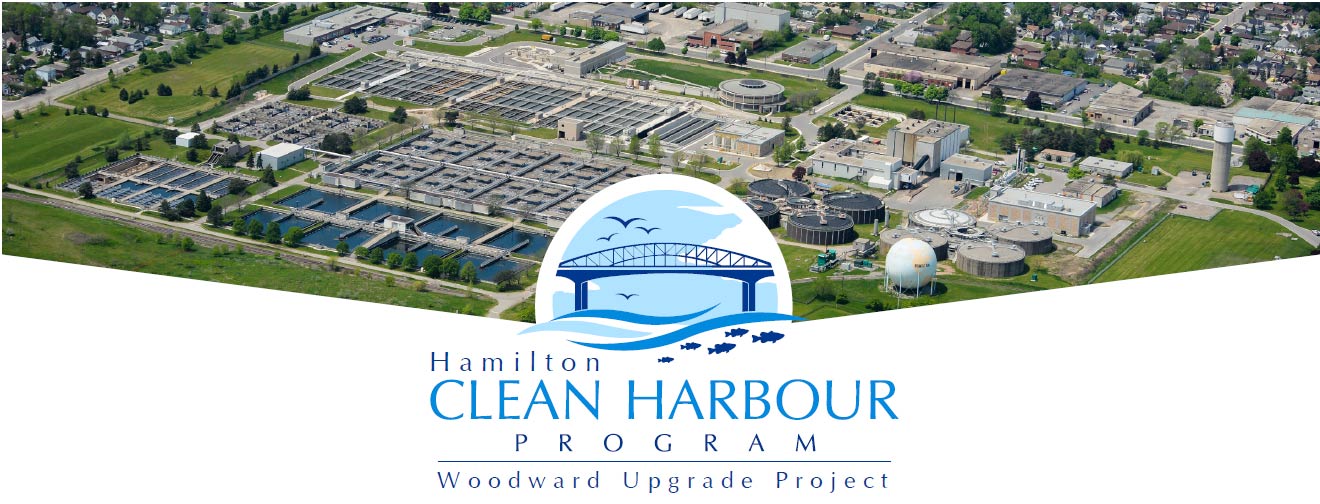Woodward Wastewater Treatment Plant Upgrades

The Woodward Avenue Wastewater Treatment Plant has recently completed its Phase 1 upgrades, which focused on improving the performance and reliability of its treatment processes. This phase included key enhancements to the plant’s infrastructure and operations, ensuring it could meet stringent environmental regulations to meet treatment objectives defined by the Hamilton Harbour Remedial Action Plan, the Ministry of Environment, Conservation and Parks and the Federal Environmental Projection Act. Learn more about the Phase 1 upgrades.
Phase 2 Expansion and North Secondary Treatment Plant Rehabilitation
The Phase 2 Expansion is a continuation from the Phase 1 project that will increase the average rated capacity from 409 to 500 MLD and the peak capacity from 614 to 1,000 MLD, while meeting the same stringent effluent limits under Phase 1. The Phase 2 works include several critical improvements and additions to enhance its capacity and efficiency:
- New Third Secondary Treatment Plant: The addition of a new secondary treatment plant will increase overall treatment capacity, complete with a new blower facility.
- Expansion of Tertiary Treatment Facilities: Expanding the tertiary treatment facilities to increase treatment capacity and further improve the quality of treated wastewater.
- Upgrades to Solids Management:
- Installation of additional gravity belt thickeners.
- Modifications to the south digester complex.
- Enhancements to the north digester complex.
- Digester Boiler System Upgrades: Upgrades to the boiler system, including improvements to the building heating.
- Electrical System Upgrades: Enhancements to accommodate the expanded capacity of the wastewater treatment plant. These upgrades will also consider the proposed improvements to the City of Hamilton’s water treatment facilities.
- Renovation of the Existing North Secondary Treatment Plant: The North Secondary Treatment Plant system infrastructure will undergo complete rehabilitation and upgrading for structural, architectural, ventilation, mechanical, electrical, and process equipment replacement. This is necessary given its current state of repair and the process improvements needed for the secondary treatment system.
